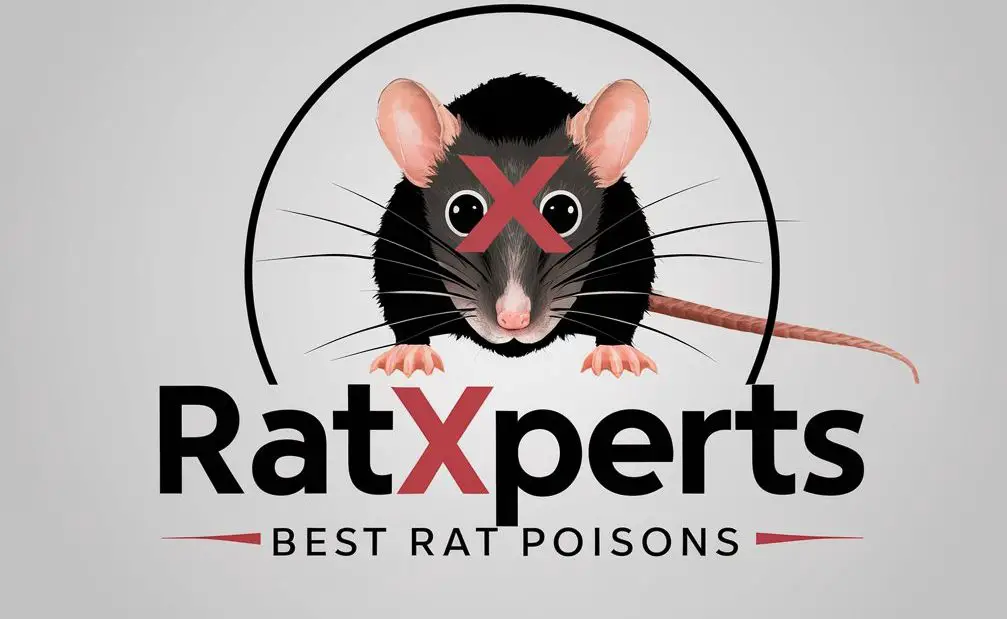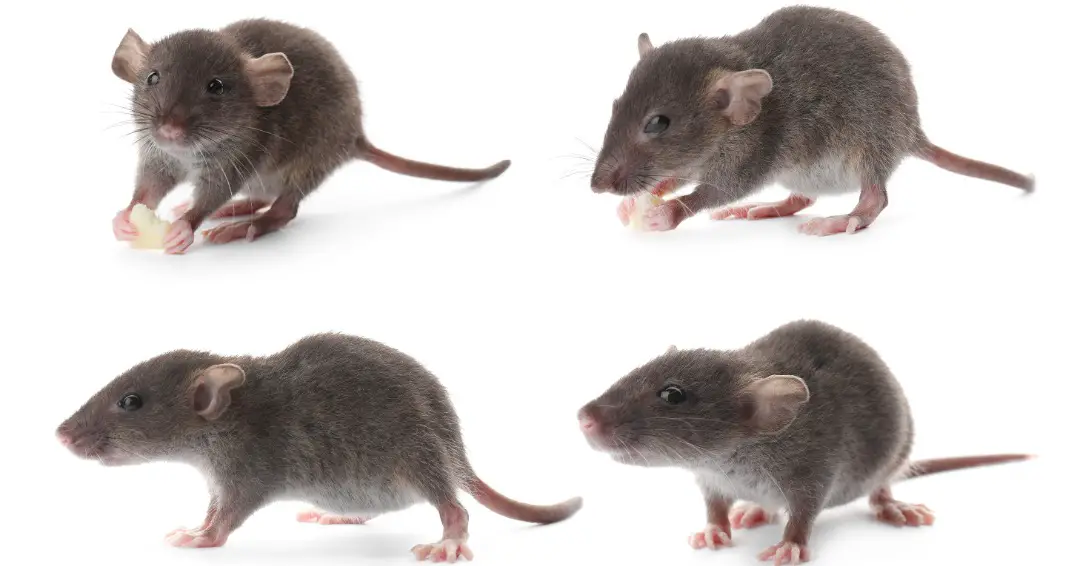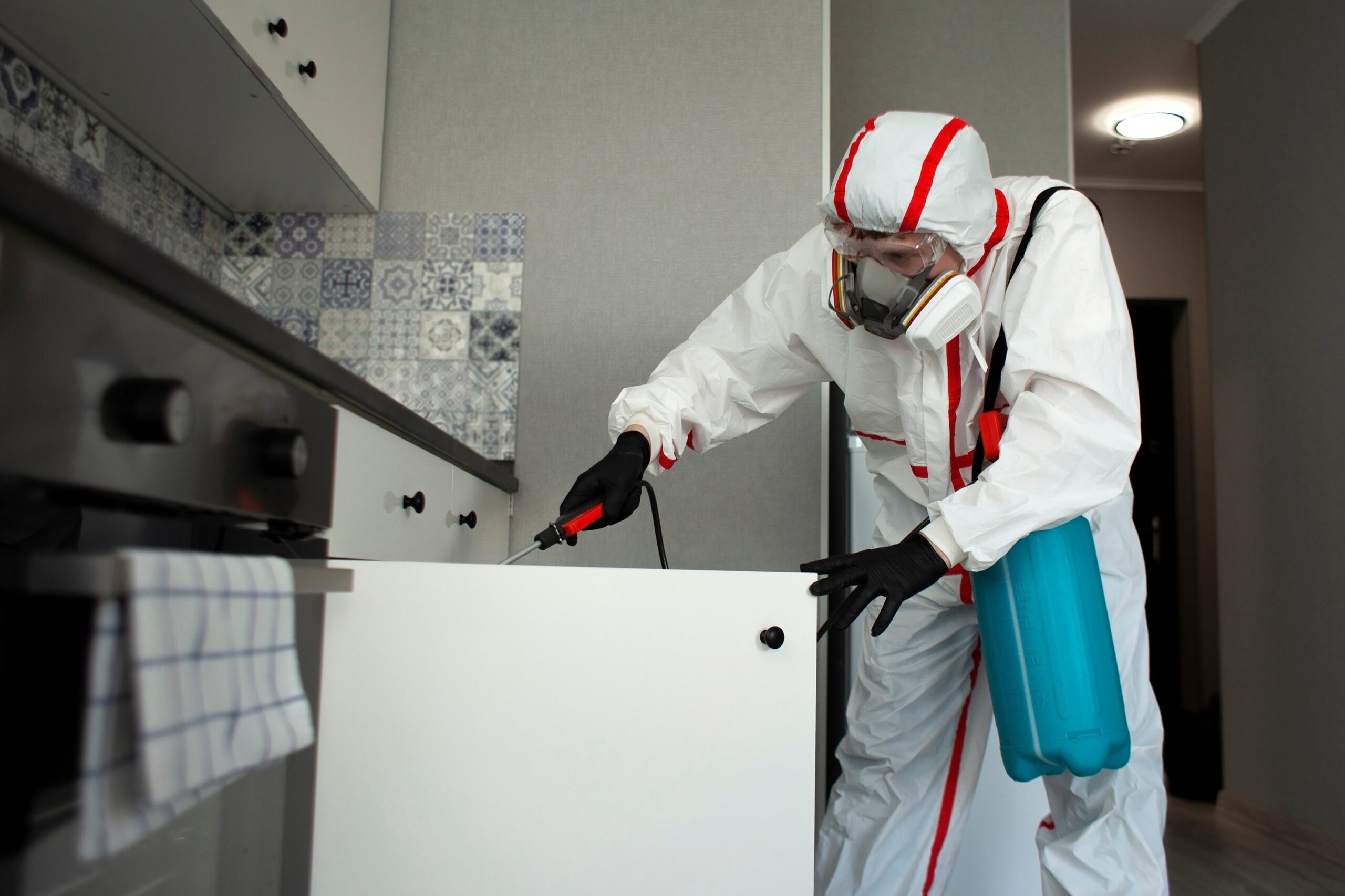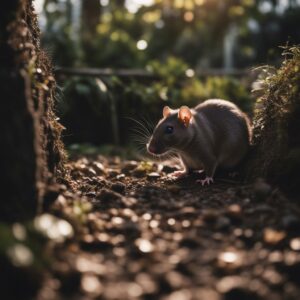It’s no secret that a rodent infestation can be an issue in your home or business. But how do you know if you have a problem? In this blog post, we’ll discuss the signs of a rodent infection and what to do if you suspect one. Keep reading to learn more!
Introduction
In this blog post, we will discuss the signs of a rodent infestation and the risks associated with it. Rodents can cause health risks due to the diseases they carry, as well as damage to structures and property. Knowing the signs of a rodent infestation can help you identify a problem early and take steps to control it. This can include proper sanitation and pest control methods. We will look at the most common signs of a rodent infestation, as well as some of the potential health risks associated with it.
What is a Rodent Infestation?
A rodent infestation is an unwelcome and potentially dangerous problem faced by many homeowners. It is usually caused by rodents such as rats and mice that have found their way into the home, either through small cracks in the walls or through open doors and windows. While it may seem harmless at first, a rodent infestation can quickly become a major problem if left unchecked. Rodents are known to spread diseases, cause damage to structures and property, and even create unpleasant odors. If you suspect you may have a rodent infestation in your home, it is important to take steps to identify and address the issue as soon as possible.
Signs of a Rodent Infestation
One of the most common signs of a rodent infestation is the presence of droppings. Rodents leave behind small, dark pellets that can be found in and around food packages, cupboards and other areas where they may be hiding or scavenging for food. Additionally, a musky odor may be present, indicating that rodents are present in the area. Other signs include chewed materials, nests, scratching noises and sightings of rodents. Damage to structures or property is also a tell-tale sign that you may have a rodent infestation. Finally, it is important to be aware of the potential health risks associated with a rodent infestation, such as the spread of disease.
1. Rodent Droppings
One of the most obvious signs of a rodent infestation is the presence of rodent droppings. Rat droppings are typically shiny black and are 1/2 to 3/4 of an inch long, while mouse droppings are smaller and more pointed at the ends. Look for droppings around food packages, in drawers or cupboards, and under the sink. Finding rodent droppings is a good indicator that you have an infestation, and it is important to take steps to deal with it as quickly as possible.
2. Musky Odor
One of the most common signs of a rodent infestation is a musky odor. This smell is usually caused by the presence of mouse urine in your home. If you notice an unpleasant ammonia-like smell in your home, it could be a sign that you have mice living in your walls or other areas of your house. Additionally, this smell will worsen as the infestation grows. If you think you have a rodent problem, it’s important to take action quickly to ensure that the problem doesn’t get worse.
3. Chewed Materials
One of the most common signs of a rodent infestation is finding chewed materials around the home. Rodents can chew through walls, insulation, and wires, creating a fire hazard in the home. They can also chew through cardboard boxes and plastic containers, making food storage and preparation difficult. Additionally, they may gnaw on furniture, books, clothes and other personal items. If you find any chewed materials in or around your home, it’s important to take action right away to prevent further damage.
4. Nests
One of the most obvious signs of a rodent infestation is the presence of nests. Rodents like to build nests in dark, out-of-the-way places like attics, basements, and closets. These nests are often made from shredded paper, fabric, insulation, and other materials that the rodents can find in your home. Mouse nests are generally small and messy, with a single entrance hole. If you notice ripped paper or materials scattered around your home, it is a good indication that rodents are present.
5. Scratching Noises
One of the most common signs of a rodent infestation is scratching noises. Rodents are nocturnal and often make scratching, squeaking or gnawing sounds in the walls or ceilings at night. This is due to the fact that they are constantly trying to build nests, chew on objects or search for food and water. It is important to take these noises seriously and take action if you hear them as they could signify a rodent infestation in your home. If you do hear these noises, it is best to contact a professional pest control service as soon as possible.
6. Sightings
Seeing rodents or their tracks can be a sure sign of an infestation. Rats and mice are nocturnal creatures, so you may hear scratching or scurrying noises at night that could be an indication of their presence. Look for signs such as gnaw marks, fur, and tracks along walls and in cabinets and drawers. You may also catch a glimpse of a rodent itself, either scurrying away or just sitting in the open. If you see any signs of rodents, it is important to address the issue quickly to reduce the risk of damage to your home or property.
7. Damage to Structures or Property
Rodents are known to cause significant damage to structures and property, as they often gnaw on walls, wires, furniture, insulation, and other materials. Not only can they leave holes and chew marks in food packaging and other materials, but they can also cause costly damage to your home. You may notice gnaw marks on furniture or other objects around the house, or you may find that some of your belongings have been damaged or destroyed by rodents. Additionally, rodents may also cause structural damage to your home by chewing through electrical wires or insulation. It is important to be aware of these signs of rodent infestation and take the necessary steps to eliminate them from your home.
8. Disease and Health Risks
When it comes to disease and health risks, hantavirus is the most common infection associated with rodents. Early symptoms of an HPS infection occur 8-13 days after exposure and can include mild fever, lack of appetite, headaches, muscle aches and chills. Other symptoms may include dizziness, nausea, vomiting, diarrhea and abdominal pain. Anyone who comes into contact with rodent droppings, urine, saliva or nesting materials can be at risk for hantavirus disease. Additionally, rodents may also carry other bacteria that can cause serious health risks. It is important to be aware of the potential health hazards posed by rodents and take the necessary steps to prevent or get rid of an infestation.



